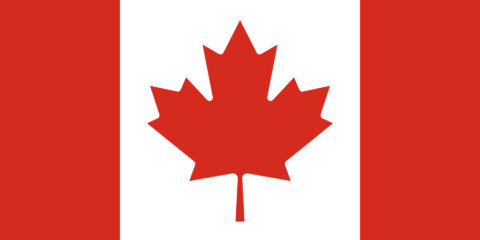Ah, poor German democracy … you guessed it, once again it’s hanging by a thread as protests against the extremely extreme extreme right (the AfD) have now grown to include protests against the merely extreme extreme right (the CDU and CSU):

“We are the cordon sanitaire – no cooperation with the AfD”: the banner leading the Berlin protest against AfD and CDU on 2 February, which was financed in part by the German taxpayer and arranged by semi-affiliated apron organisations of the governing Green and Social Democrat parties of Germany.
All the activists are out in force.
Every day there are new protests “against the right”, and by “the right” they do not merely mean Alternative für Deutschland and the one-in-five Germans who vote for them, as was the case last year at this time. Since Friedrich Merz stepped over the cordon sanitaire at the beginning of this month, “the right” now also includes the centre-right CDU and CSU parties. Over half of all Germans now find themselves on “the right” and urgently require democratic reeducation. What is worse, it is not just crazy pink-haired activists and septum-pierced Antifa who want to do the reeducating, oh no. It is the government itself; the activists are merely their agents.
According to taz, 500,000 right-thinking Germans took to the streets this past weekend to combat the out-of-bounds radical views held by 52% of everybody. Perhaps 200,000 or 250,000 or 320,000 turned out for the massive “Democracy Needs You” protest in Munich on Saturday. A further 35,000 people “warned against a shift to the right” in Bremen, the absurd “Grannies against the Right” brought 24,000 people to the streets of Hannover, and another 14,000 denounced “right-wing extremism” in Marburg. There were also protests throughout Nordrhein-Westfalen, in Wuppertal, Aachen, Duisburg, Gütersloh, Gummersbach and Euskirchen. Yesterday 15,000 showed up to protest an AfD event in Freiburg; they were less than peaceful. And that is just what I found by scanning a few headlines. I could easily expand this paragraph into an entire post because they are protesting everywhere and all the time “against the right” these days.
I must emphasise again the extremely expansive notion of “the right” that is in play at these protests. Basically everyone who is not on the left – and particularly everyone who does not vote for the Greens or the Social Democrats (SPD) – presently attracts the activists’ ire. That is very interesting, because we are in the final stages of an election campaign and the Greens and the SPD are the only parties in government. Could it be that the Greens and the SPD are using the substantial resources of the German state to call forth massive street protests against all the Germans who are not planning to vote for them?
Yes, in fact that is exactly how it could be:
When 160,000 demonstrators turned out to protest on behalf of the cordon sanitaire on the first weekend in February, and organisers projected the words “All Berlin hates the CDU” onto the Victory Column, the red-green federal government provided financial support. The rally was co-sponsored from the coffers of the federal budget … indirectly and in two ways. As in many German cities, the organiser was the association Campact. Campact itself does not receive government funds. Yet they are the primary stakeholder of the nonprofit HateAid, which receives funds from the Ministry for Family Affairs. Since 2020, HateAid has received a total of almost 2.5 million Euros from the “Live Democracy” project, and their funding has just been extended. According to the Ministry for Family Affairs, HateAid can expect 424,823 Euros this year for its work against online hate speech.
Thousands also took to the streets in Dresden and Leipzig to protest CDU plans for migration policy. In both cities, the SPD and the Greens indirectly sponsored the rallies with taxpayer money, this time through the Workers’ Welfare Association (AWO). This association enjoys the favour of the Ministry of the Interior and the Ministry of Family Affairs. The AWO received tens of thousands of Euros … in 2024. In Saxony-Anhalt, the AWO state association received 90,043 Euros from the Ministry of Family Affairs in 2025, among other things from the ‘Live Democracy’ project …
Paus’s ministry also provides financial support to many of the organisers of demonstrations in Schleswig-Holstein. This year, a total of 1.525 million Euros will flow … The municipalities divide the money equally among themselves, with each receiving 140,000 Euros to form local “partnerships for democracy”. Many of the sponsored organisations have sponsored demonstrations on behalf of the cordon sanitaire. In Kiel, the Green-financed “Central Education and Advice Centre for Migrants” … called for a protest in front of the CDU headquarters, in Lübeck the “Lübeck Refugee Forum” did the same …
All of this is to varying degrees illegal. Non-profit organisations, which receive tax-deductible contributions from supporters, are bound to political neutrality. Nor can the government finance (directly or otherwise) campaign events against the political opposition. Since 2021, however, in the name of defending democracy, the traffic light coalition have called into being an absolute jungle of NGOs to intimidate voters, censor the internet and riot on the streets against parliamentary votes. Their semi-affiliated activist cadres police German politics and redefine as right-wing and forbidden whatever it is our rulers happen to disagree with at the moment.











